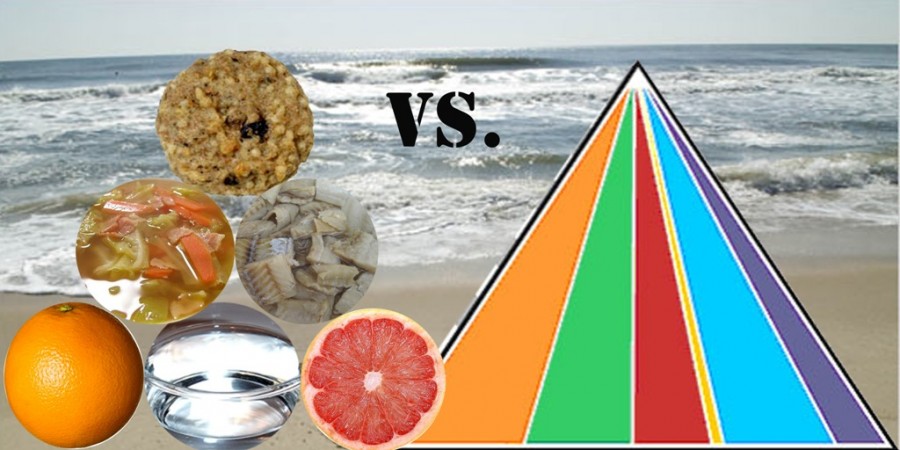As an extension of the crash dieting story, “Diet, Diet, Crash,” found in Issue 6 of the Saxon Scope, here are some of the most common crash diet plans in use by students at Langley.
The Cookie Diet:
Many Langley students have passed by the “Dr. Siegel’s Cookie Diet” kiosk at Tysons mall with various thoughts. The Cookie diet claims that you “must take in fewer calories than you need to maintain your weight” and instructs users to consume just 800 calories a day. However, the lack of calories is one of the factors that makes it dangerous. Without the necessary calories in your daily food intake, the body is severely weakened and becomes vulnerable to side effects such as dizziness, nausea, and digestive issues. In addition, this diet is typically used for no more than 2 weeks, and leaves the user craving junk food even more after it is over. Overall, it is far safer to burn off calories through exercise than to prevent yourself from ever taking them in.
Cold Water Diet:
Unlike other crash diets, which center around excessive exercise and drastically cutting calories, the cold water diet requires completion of neither of these procedures. A dieter must drink 64 oz. of cold water a day, but can eat whatever they choose as long as the mandatory quantity of water is consumed. The thinking behind the cold water diet, is that when cold water is consumed, the body must work to again rise the temperature back up, thus, burning calories. However, in order to lose just one pound, one would need to consume 30 kilograms of ice. Also, bodily systems will be flushed out due to the copious amount of water being digested.
The Cabbage Soup Diet:
Although the Cabbage Soup Diet does accommodate more food groups then most other crash diets, it is by no means a well-rounded meal plan. By focusing on just one food group a day, such as fruits, vegetable, or meats, participants maintain only parts of the good nutrition they need. This can cause mood swings, varying skills, and changes in energy levels. It has also been known to cause stomach and digestion issues. Like the majority of crash diets, the Cabbage Soup Diet recommends lower calorie consumption. This can cause many other disastrous weakening of the body.
Fruit Diet:
This diet is typically used for a duration of at least two weeks in order to provide the desired results. When partaking in the fruit diet, all regular meals are eliminated and replaced with an assortment of fruits and small portions of nuts. Therefore, food choices are completely limited as well as unbalanced. Without the proper intake of proteins, meat, and vegetables, the body is left in a full yet nutritionally unsatisfied state. While offering a fix quick for dropping some extra pounds, the fruit diet’s instant gratification will not endure the test of time.
Grapefruit Diet:
The Grapefruit Diet, also known as the Hollywood Diet, instructs participants to consume 800 calories in grapefruit. Although grapefruits contain beta-carotene and Vitamin C, and have also been proven to prevent various diseases they only contain a portion of the vital nutrients your body thrives off of. With a single food being used in place of an entire days worth of meals, a lack of vitamins and minerals cause side-effects such as dizziness or tiredness with can affect overall performance. Also, this diet unusually discourages exercise, hurting the physical fitness of participants.
The Danish Diet:
Possibly the most intense crash diet mentioned, the Danish diet is typically used for a time period of thirteen days, promising to result in a loss of about 30 pounds. Each day’s diet plan is specifically mapped out. If a dieter randomly stops following the designated meal plan, then the Danish diet cannot be reestablished until six months later. The strict and unusual limits on permittable foods are exemplified below:
Day 12-
Breakfast: A large carrot
Lunch: Seven ounces of boiled cod with lemon juice and a teaspoon of butter
Dinner: Nine ounces of beef and a stick of celery.


